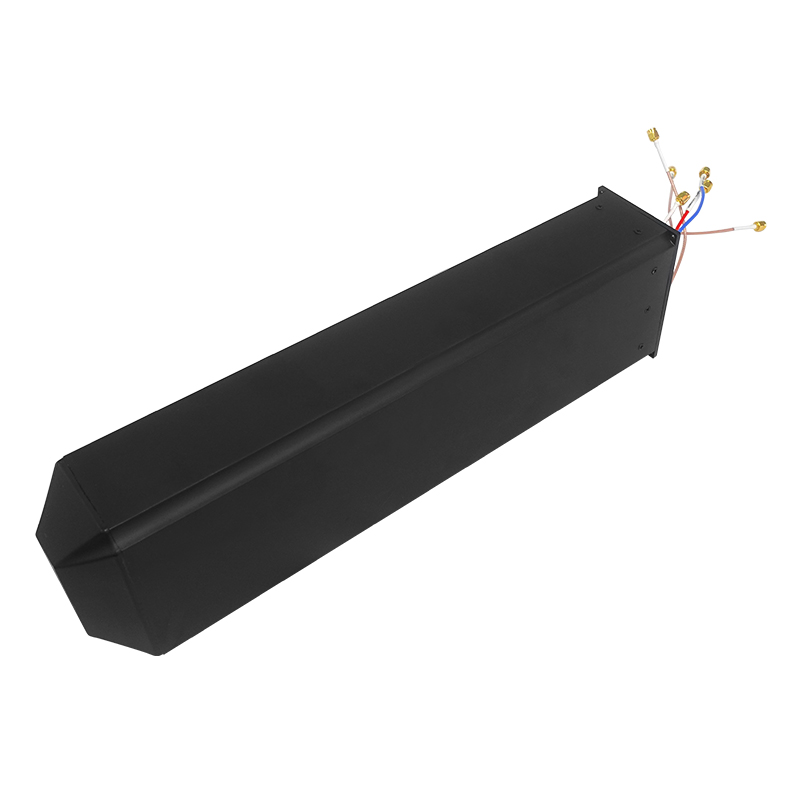Components commonly found in anti-drone systems
2023-12-29
Anti-drone systems, also known as counter-drone systems, are designed to detect, track, and mitigate the threats posed by unauthorized drones or unmanned aerial vehicles (UAVs). These systems are deployed to safeguard critical infrastructure, public events, sensitive locations, and other areas where drone-related risks need to be addressed. Here are key features and components commonly found in anti-drone systems:
1. Detection Sensors:
- Radar Systems: Ground-based radar can detect and track drones by monitoring their movement in the airspace.
- Radio Frequency (RF) Sensors: RF sensors identify and locate drones by detecting the radio signals they emit for communication and control.
- Acoustic Sensors: Some systems use microphones to detect the distinct sound signatures produced by drones.
2. Optical and Infrared Cameras:
- Visual and infrared cameras provide visual confirmation of the detected drones, allowing operators to identify the type and potential payload of the UAV.
3. Radio Frequency (RF) Jamming:
- RF jamming devices disrupt the communication signals between the drone and its operator, rendering the UAV inoperable.
- Some systems use selective jamming to target specific frequency bands associated with drone communication.
4. GPS Spoofing:
- GPS spoofing involves sending false GPS signals to deceive the drone's navigation system.
- Spoofing can mislead the drone's autopilot and alter its course or force it to land.
5. Capture and Interception:
- Physical countermeasures involve capturing drones in mid-air using nets or deploying other means to physically intercept and control the UAV.
6. Drone Detection Software:
- Advanced algorithms analyze sensor data to distinguish between authorized and unauthorized drone activity.
- Machine learning and artificial intelligence may be employed to improve detection accuracy and reduce false positives.
7. Command and Control (C2) Center:
- A centralized command and control center coordinates the activities of the anti-drone system.
- Operators monitor sensor outputs, make decisions, and activate countermeasures based on the threat level.
8. Integration with Existing Security Systems:
- Anti-drone systems are often integrated with existing security infrastructure, such as video surveillance, access control, and alarm systems.
9. Regulatory Compliance:
- Some anti-drone systems incorporate geofencing capabilities to comply with airspace regulations and prevent drones from entering restricted areas.
10. Scalability:
- Systems are designed to be scalable to adapt to varying threat levels and the size of the protected area.
11. Legal and Ethical Considerations:
- Compliance with local laws and regulations is crucial when deploying anti-drone systems to ensure their use is legal and ethical.
12. Training and Education:
- Operators and security personnel undergo training to effectively use and manage anti-drone systems.
- Public awareness and education campaigns may be conducted to inform the public about the use and purpose of anti-drone measures.
The development of anti-drone technology is ongoing, and new advancements are made to address evolving drone capabilities. Effective counter-drone strategies often involve a combination of detection, tracking, and mitigation techniques to ensure comprehensive protection against unauthorized drone activities.



